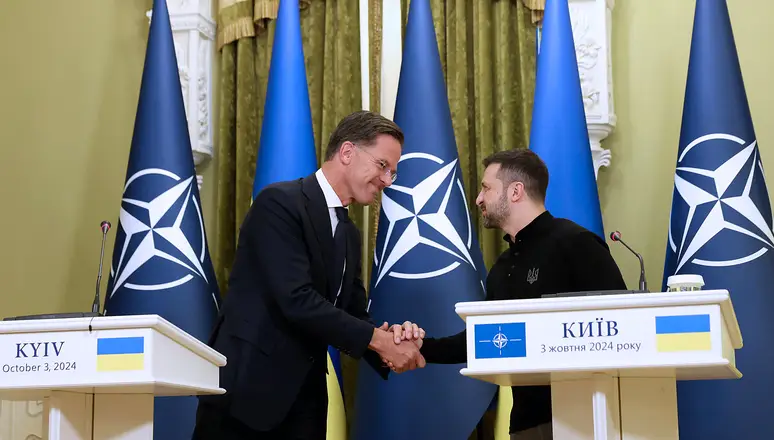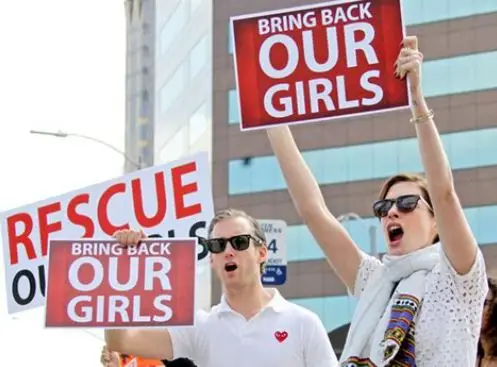
If you liked this article, please share it with your friends and family. You can also help the American Security Council Foundation shape American policy.

Subject No. 2 on my list of ageless truths is leadership, specifically military leadership, the special kind required to cause teams of soldiers to join wholeheartedly in the pursuit of a successful wartime campaign when their lives are endangered. They suffer many degrees of threat. Infantry, armor and aviation troops that must close with and destroy enemy forces are in the most constant danger. Artillerymen contend with counterbattery fires and along with all others in the combat zone cope with air and missile attacks, minefields, special operations forays, booby traps and other dangers. Preparation and determination to be successful in that environment are not simple endeavors.
We are fortunate to have a history of great leaders who have coped with this task, from Alexander the Great, Julius Caesar and Hannibal down through the ages to Frederick the Great and Napoleon, to our own Gens. George Washington, Andrew Jackson, Ulysses S. Grant and Robert E. Lee, to the world war leaders Gens. John J. Pershing, George C. Marshall, Dwight D. Eisenhower, Douglas MacArthur and George S. Patton, to the more contemporary Gens. William Westmoreland, Creighton Abrams, H. Norman Schwarzkopf, David Petraeus and Raymond T. Odierno.
None were flawless but collectively they have demonstrated the characteristics and techniques deserving of the attention of today’s cohort, not to become the next Patton but to mold their own personal preparation to meet the next national crisis that requires military response. Most will complete careers with no opportunity to demonstrate their readiness for greatness because our wars are not timed for anyone’s years of service, but they can all be satisfied that the Army seems able to find a right one when needed.
The services’ school systems have digested many lessons of history, but all soldiers are offered a wealth of daily lessons as they learn more practically to deal with the drill sergeant who shepherds them through basic training, then the squad leaders, platoon sergeants and the officers of the units they join. Second lieutenants also learn from those NCOs as well as through their observations of their peers and their superiors. Ordinarily they learn how and how not to lead, with both lessons being of equal import.
The ultimate leadership demand in a military organization is development of team spirit and the creation up and down the chain of command of trust and confidence that the mission assigned is workable, supportable and worthy of the required sacrifices. At each echelon of a command, leaders must be confident they have trained and prepared subordinates for required tasks, that they can provide a clear definition of the mission assigned and a clear, comprehensive concept of what they have decided to do. Thereafter, subordinates must be given the same trust and confidence in their ability to carry out the mission. Ultimately, that means squad leaders will make squad-level decisions, platoon leaders will employ platoons and higher echelons will assure that appropriate support is provided for their success.
Unfortunately, since World War II, the improvement of communications and of means of surveillance have combined to cultivate an ability to micromanage the battlefield. In Korea, after the first year of fluid warfare the stalemate that followed caused senior leaders to stay busy by becoming squad and platoon leaders. Corps and division headquarters were issuing operations orders, scheduling local patrolling, specifying the force to be employed, routes to be followed, weapons to be carried, purposes to be achieved and demanding real-time reports of progress.
Initiative Stymied
In Vietnam, the more available helicopter led to the “‘squad leader in the sky” who directed squad and platoon activities on the ground. The result of such practice was to stymie the initiative of lower-level leaders who “might as well wait for their how-to-do-it” instructions from on high. (This does not deny the appropriate need for corrective action, late intelligence, etc., for which we have scout helicopters and airborne observers.) The new technology also allowed the master tacticians in the Pentagon and the White House to offer battlefield guidance and select bombing’ targets.
Rules of engagement are another form of micromanagement, widely used in Vietnam and now in the Middle East conflicts. Ostensibly issued to assure adherence to “laws of war,” the practice becomes more a protection of senior officers, both civilian and military, against charges of malpractice if violations are charged for combat actions that are questioned. The laws of war are clearly accommodated by the Uniform Code of Military Justice and decrees to obey them are either redundant or an exaggeration of the control needed. The rules of engagement are further proof that micromanagement is, almost without exception, poor leadership.
I was once assigned to replace a commander who had been relieved for cause. The assignment carried an authorization to “clean house” as I deemed necessary. Upon arrival, I determined the housecleaning authority had preceded me and I sensed some degree of trepidation, or at least some curiosity about what was going to happen.
Following a short orientation, at a first commanders’ meeting, I expressed my satisfaction that each of them, through their prior service, had been found by the Army to be qualified for their assignments and they needed only to continue their loyalty and dedication to our mission. I expressed the same acceptance to staff officers at another meeting. I replaced no one. My intent was to extend my trust and confidence in their abilities and in the functioning of the organization during our period of transition. Thereafter, we proceeded following two golden rules of leadership: There is no limit to what can be accomplished if there is no concern about who gets the credit, and we provide credit for the subordinates and supporters who make success possible.
Gen. Frederick J. Kroesen, USA Ret., served as vice chief of staff of the U.S. Army and commander in chief of U.S Army Europe. He is a senior fellow of the Association of the U.S. Army’s Institute of Land Warfare.




